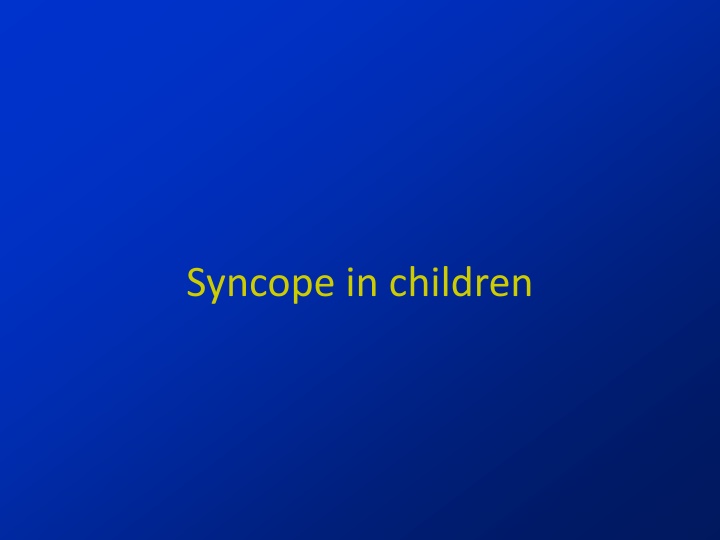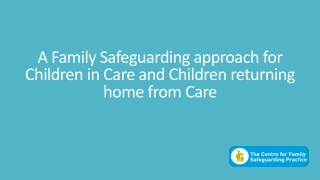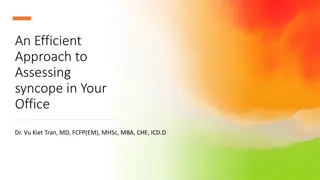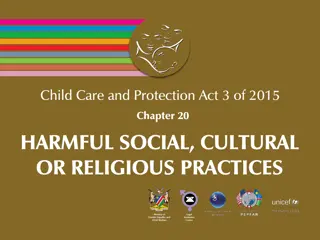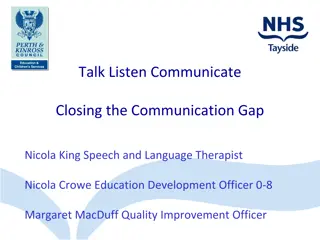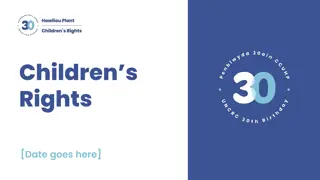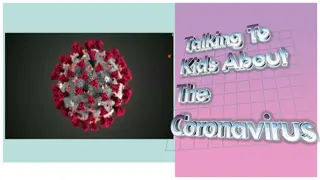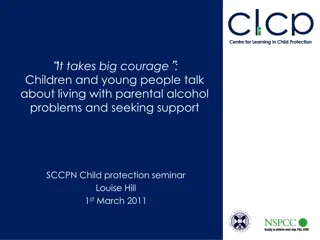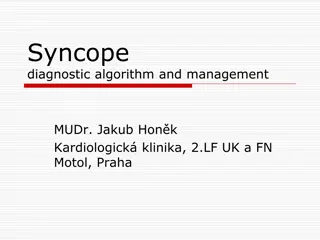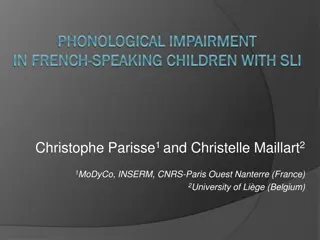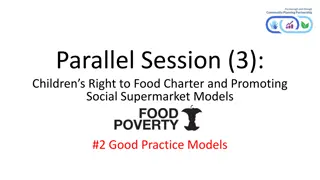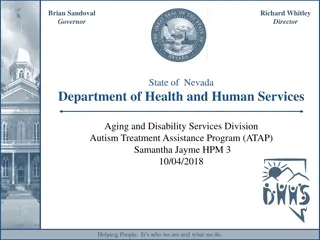Syncope in children
Syncope, a brief loss of consciousness common in adolescents, can be neural-mediated or cardiogenic. Management involves thorough history-taking and ECG to measure QTc. Cardiac causes like VF, LV outflow obstruction, and sudden death syndrome, including HOCM and ion channelopathies, require attention. Recognizing red flags such as syncope during exercise, family history of sudden death, palpitations, and heart abnormalities in children is crucial to assess cardiac syncope.
Download Presentation

Please find below an Image/Link to download the presentation.
The content on the website is provided AS IS for your information and personal use only. It may not be sold, licensed, or shared on other websites without obtaining consent from the author.If you encounter any issues during the download, it is possible that the publisher has removed the file from their server.
You are allowed to download the files provided on this website for personal or commercial use, subject to the condition that they are used lawfully. All files are the property of their respective owners.
The content on the website is provided AS IS for your information and personal use only. It may not be sold, licensed, or shared on other websites without obtaining consent from the author.
E N D
Presentation Transcript
Syncope Definition: Brief loss of consciousness and loss of postural tone Common: seen in up to 15% of adolescents Majority are neural mediated Cardiogenic causes <1.5% Management: Careful history including family history Examination: Generally negative ECG: measure QTc
Syncope Cardiac Electrical Mechanical VF or pulseless VT LV outflow obstruction Ex: Long QT, WPW Ex: AS,HOCM
Sudden Death Syndrome Hypertrophic Cardiomyopathy(HOCM) Arrythmogenic Right Ventricular Cardiomyopathy Dilated Cardiomyopathy Myocarditis Ion Channelopathies (Long QT syndrome, Brugada syndrome) Wolf Parkinson White syndrome
Red flags in cardiac syncope Syncope during exercise or when supine. Family history of sudden death (especially if <30 years of age), prolonged QT syndrome or HOCM. Syncope preceded by palpitations. Heart murmur or other abnormalities on cardiovascular examination. Syncope in a child with known congenital heart disease.
